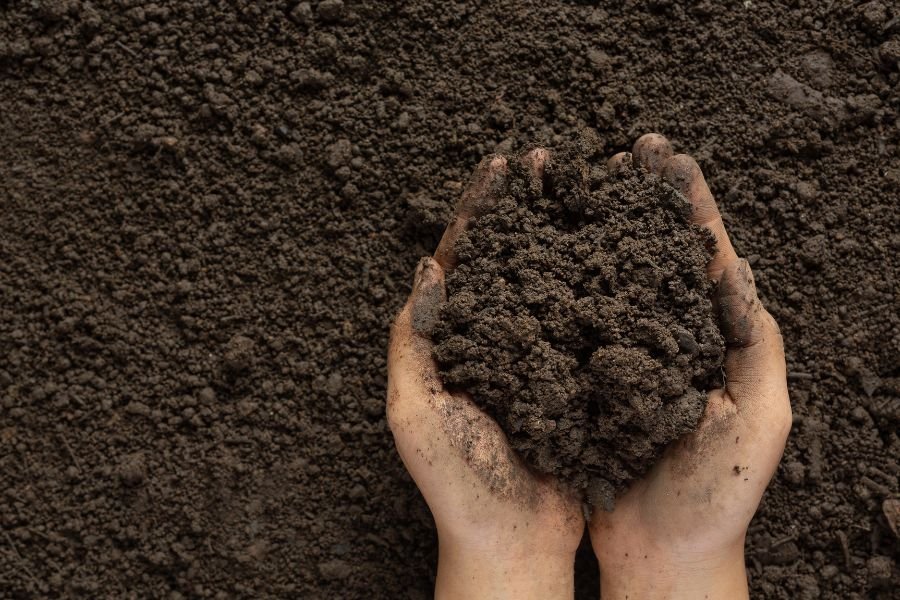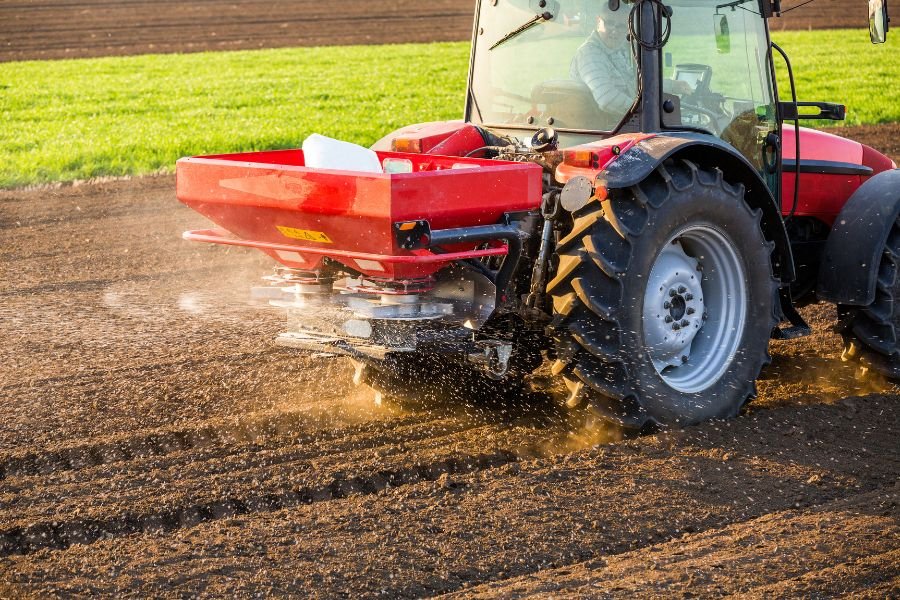Both Potassium Thiosulfate (KTS) and Potassium Sulfate (SOP) are valuable sources of potassium and sulfur, essential nutrients for plant growth. However, their different chemical compositions and physical properties lead to unique advantages and specific applications in agriculture. Here’s an in-depth comparison to help farmers, growers, and agronomists decide which fertilizer best suits their needs.
1. Chemical Composition and Nutrient Content

- Potassium Thiosulfate (KTS)
KTS is a liquid fertilizer containing about 25% potassium (K₂O) and 17% sulfur (S). As a liquid potassium source, KTS provides both potassium and sulfur in a form that plants can easily absorb. This unique combination allows for a balanced nutrient intake during crucial growth stages. - Potassium Sulfate (SOP)
SOP, in contrast, is a solid fertilizer generally containing around 50% potassium (K₂O) and 18% sulfur (S). As a crystalline or granular product, SOP is suitable for various application methods, including soil application, top-dressing, and foliar sprays after dissolving in water. Its solid form and higher potassium concentration make it highly efficient for sustained nutrient release in soils.
2. Physical Form and Application Methods
- KTS (Liquid)
Potassium Thiosulfate is liquid, which makes it ideal for fertigation (irrigation with fertilizer) and foliar applications. Its liquid form allows for easy integration into drip irrigation, sprinkler systems, and other precision agriculture setups. The ability to apply KTS through irrigation systems allows for timely nutrient application, especially during the critical stages of growth, flowering, and fruit development. - SOP (Solid)
Potassium Sulfate is available in granular, crystalline, or powder forms, allowing for flexible application methods. It can be broadcast over the soil or mixed with other granular fertilizers. SOP is also suitable for pre-plant soil applications, making it a go-to choice for growers looking for a single pre-season application to supply potassium throughout the crop cycle.
3. Absorption and Nutrient Release
- KTS
As a liquid, KTS can be quickly absorbed by both roots and leaves. This rapid absorption makes it ideal for crops that require an immediate boost of potassium, such as during fruiting or rapid growth phases. The liquid nature of KTS facilitates rapid nutrient uptake, which is especially beneficial for crops with high potassium demands in short timeframes. - SOP
SOP has a slower, more gradual release in the soil compared to KTS, making it a longer-lasting source of potassium and sulfur. Its solid form provides a more controlled release, ensuring potassium availability over time. SOP’s slower release is advantageous for crops that benefit from a steady potassium supply over extended growth periods, such as root vegetables, fruit trees, and tuber crops.
4. Impact on Soil Health

- KTS
KTS can promote the availability of other essential nutrients in the soil by reducing soil pH, which helps release bound micronutrients like iron, zinc, and manganese. However, excessive use may lead to soil acidification, so careful application and monitoring are necessary, especially in soils already on the acidic side. - SOP
SOP is more neutral in its impact on soil pH. Its sulfur content can help lower the pH in alkaline soils, making it beneficial for certain crops sensitive to soil pH imbalances. SOP does not contain chlorine, making it particularly suitable for salt-sensitive crops and soils with high salinity.
5. Ideal Crop and Soil Conditions
- KTS
Due to its liquid form and rapid action, KTS is suited for high-value crops that demand intensive nutrient management. It is commonly applied to fruiting vegetables, tree fruits, berries, and other potassium-intensive crops. KTS is especially beneficial in soils with low potassium content or where immediate nutrient availability is critical. - SOP
SOP is a good choice for a wide range of crops, including tobacco, grapes, potatoes, and leafy vegetables, which are sensitive to chlorine (as SOP is chlorine-free). Additionally, SOP’s suitability for pre-plant and side-dress applications makes it adaptable to crops that benefit from steady nutrient availability.
6. Economic Considerations
- KTS
Potassium Thiosulfate is generally more expensive due to its liquid form and application flexibility. However, the higher cost is often offset by its precision and efficiency in targeted applications, making it ideal for high-value crops where nutrient management can directly impact yield and quality. - SOP
Potassium Sulfate, being a solid fertilizer, is typically more economical for large-scale applications. Its higher nutrient concentration (50% K₂O) and solid form allow for widespread and longer-lasting effects, making it a cost-effective option for crops with steady potassium demands.
Choosing the Right Fertilizer
- When to Choose KTS: Use Potassium Thiosulfate when you need rapid nutrient uptake, especially for high-value crops and during key growth stages like fruit setting and flowering. KTS is ideal for drip or foliar application methods and provides a quick boost of potassium and sulfur.
- When to Choose SOP: Choose Potassium Sulfate for general soil application, pre-plant treatments, and for crops that are sensitive to chlorine. SOP provides a steady nutrient release and is particularly effective in alkaline soils.
In conclusion, both Potassium Thiosulfate and Potassium Sulfate offer distinct advantages depending on crop type, soil conditions, and application methods. For farmers and agronomists, selecting the right potassium source can optimize crop health, enhance yields, and improve quality. Understanding the differences between KTS and SOP is essential to achieving these goals while maintaining economic efficiency.


